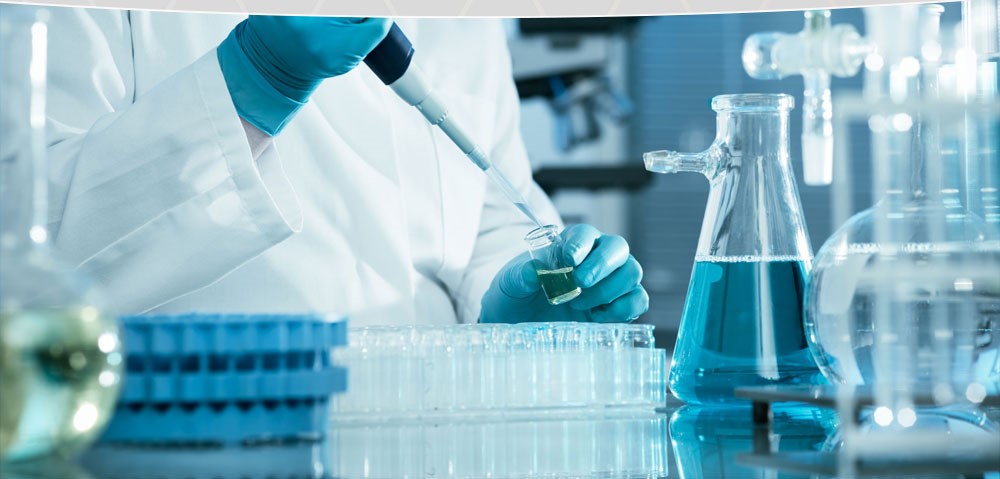Blog Post
Insight: Getting to Know Utah’s Life Sciences Industry
By: Levi Pace
This year, I’ve been on a team at the Kem C. Gardner Policy Institute researching the role of the life sciences industry in Utah’s economy. To get up to speed, I attended as many life sciences events as I could find. Turns out Utah has a buzzing life sciences community.
At a networking event in March, I watched entrepreneurs pitch investors on diagnosing illnesses by taking a readout from a patient sample, like a cheek swab, and comparing it to proprietary databases. In February, walking around life sciences vendor tables at the Capitol, my co-author Josh Spolsdoff and I saw a dialysis catheter that lowers infection risks.
We crossed paths with key players in the life sciences community, who support the industry and raise its profile. We connected with BioUtah, which has its finger on the pulse of life sciences businesses in the state. We got up to speed on how outreach staff at EDCUtah and people like Clark Cahoon at the Governor’s Office of Economic Development are attracting life sciences investments and helping Utah companies grow. We went to hear two of the state’s top economists, our own Natalie Gochnour and Juliette Tennert, speak at life sciences industry events about Utah being a great place for the industry. In fact, it’s growing faster here than in any other state with a large life sciences industry.
Our research team took in stories, examples, questions, and guidance from industry reps to make sure we didn’t miss anything. We designed an analysis process based on best practices from around the state and country. We’re pleased to share the first comprehensive study of the role life sciences plays in the Utah economy, found in the report, Economic Impacts of Utah’s Life Sciences Industry.
The life sciences industry is behind many of the faces you see in healthcare on a regular basis, such as your dentist or nurse. The industry provides the leg braces my 11-year-old nephew wears to school and the medicine my brother dispenses as a pharmacist. Life sciences professionals make new inventions and drugs widely available, after thorough testing.
Utahns help create the analytics to more accurately diagnose autism spectrum disorder, food safety incidents, infectious diseases, and pregnancy complications, so patients get better care. Therapies and products invented and manufactured here replace or update existing practices and technologies. We estimate Utah exported $5.6 billion in life sciences products to other states and countries last year.
Life sciences is no newcomer to the state. Utah’s thriving ecosystem developed through decades of collaboration and business drive. By 2017, it made up 3.2 percent of Utah’s GDP and indirectly supported enough economic activity in other industries to impact a total of 7.9 percent of GDP.
Our team of economists found Utah life sciences employers keep up an unusually high job growth rate, 5 percent per year from 2012 to 2017. Life sciences added jobs faster than other industries in our high-growth state, which had a 3 percent overall growth rate. And these are well-paying, middle class jobs. Last year, the industry’s 36,000 Utah employees earned 46 percent more than Utahns working in other industries.
I’ve enjoyed meeting some of the people who make Utah’s life sciences industry go. It’s an important industry that affects most everyone, whether we carry a piece of it inside, get lab test results from it, work or invest in it, or are part of an establishment indirectly supported by life sciences dollars and jobs.
Levi Pace is a senior research economist at the Kem C. Gardner Policy Institute.






